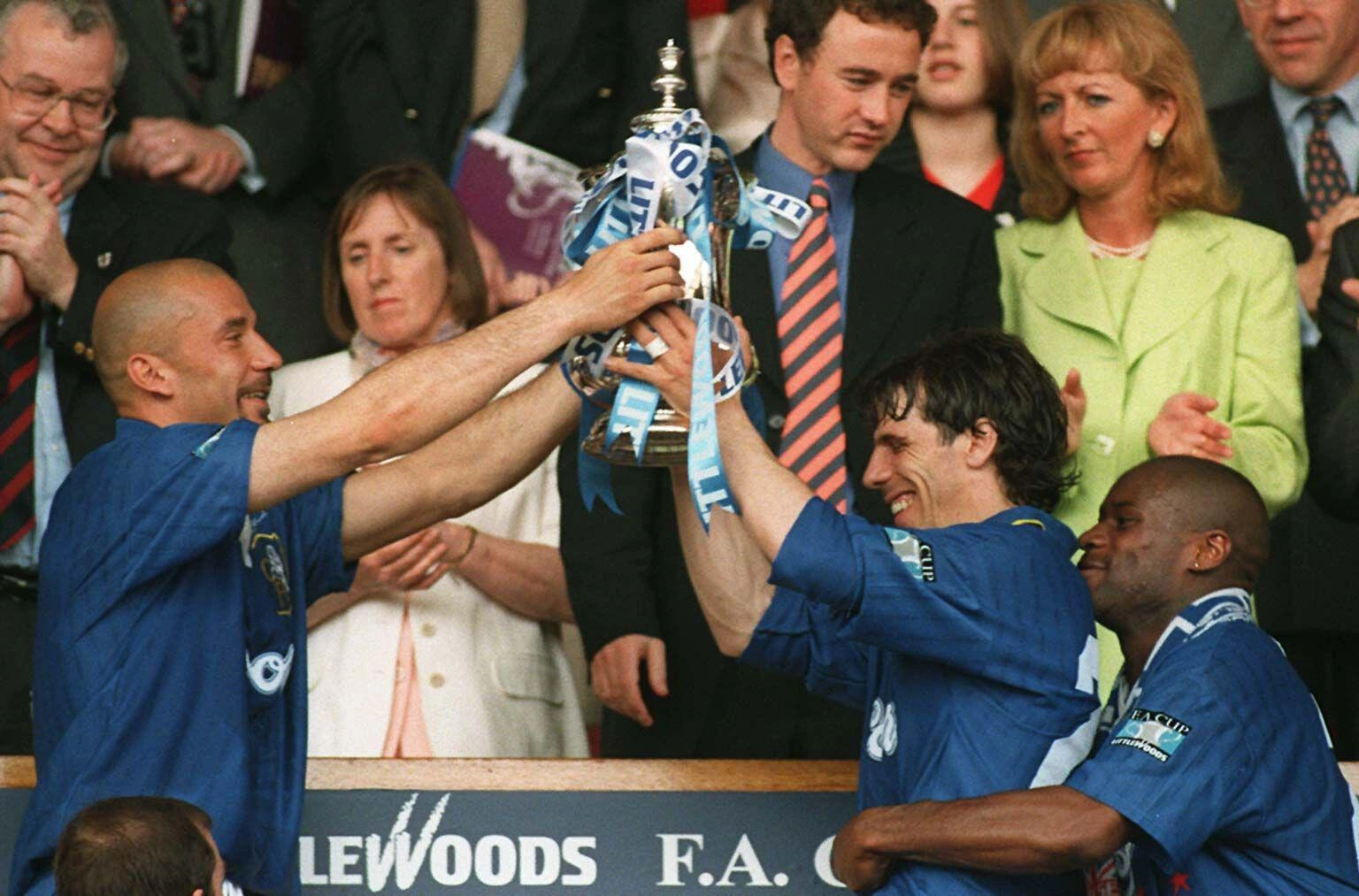Relegation is a bitter blow for any football club, stripping away status, revenue, and pride. For a few unfortunate teams, however, the drop doesn’t end after one division. Consecutive relegations—falling from the Premier League to the third tier in just two seasons—are rare and brutal. But they do happen.
Unfortunately, the latest example happened this season as Luton Town were relegated to League 1 in the last matchweek. Besides the Hatters, there were three more instances that prompted back-to-back relegations. We examine four English clubs that endured this fate: Swindon Town, Wolves, Sunderland, and Luton Town. Their stories reveal the causes, consequences, and current states of these once-promising sides.
Swindon Town (1994-1995)
Swindon Town earned a celebrated promotion to the Premier League in 1993, led by player-manager Glenn Hoddle. His departure to Chelsea before the season began left John Gorman in charge, and the team floundered. They failed to win any of their first 15 matches and conceded 100 goals—a grim record—finishing dead last.
The next year, in the First Division (now the Championship), Swindon showed early promise but quickly faded. Gorman was sacked in November, and Steve McMahon took over, managing just six wins in 27 games. They ended 21st, tumbling into the third tier.
The impact was lasting. Financial difficulties and a weakened squad hampered recovery efforts. Though they won the Third Division title in 1996, returning to the second tier, the Premier League has remained out of reach. Swindon now plays in League Two, a distant echo of their top-flight days.
Wolverhampton Wanderers (2012-2013)
Wolverhampton Wanderers had enjoyed three seasons in the Premier League by 2012, but that year brought chaos. Mick McCarthy was sacked after a 5-1 loss to West Brom, and his assistant, Terry Connor, took over and finished the season without winning a single game, ending up at rock bottom and with a one-way ticket to the Championship.
In the Championship, the club hired Stale Solbakken, hoping his European approach would revive them. It didn’t. Sacked in January with the team near the drop zone, he was replaced by Dean Saunders, who won only five of 20 matches, prompting consecutive relegations for the Wolves.
The double drop prompted a major reset. New manager Kenny Jackett led Wolves to the League One title in 2014, and by 2018, they were back in the Premier League. Today, they’re a steady top-flight presence. They even managed to finish 7th two years in a row, immediately after coming back up. But currently they remain a steady mid-table side, usually finishing between 10th and 14th in the league.
Sunderland AFC (2017-2018)
Sunderland had dodged Premier League relegation for a decade until 2017, when David Moyes’ management unravelled them. The team finished bottom, ending a long top-tier run. In the Championship, Simon Grayson and later Chris Coleman couldn’t halt the slide—Sunderland placed 24th, sinking to League One.
Financial mismanagement and flawed recruitment fuelled the collapse. The club languished in League One for four years before climbing back to the Championship in 2022. Now, they’re a mid-table Championship side, still chasing a Premier League return.
That may happen this season as the Black Cats ended 4th in the Championship and a playoff spot. They will be playing against Coventry in the semi-finals for a crack at the Premier League.
Luton Town (2024-2025)
Luton Town’s 2023 Premier League ascent was a heartwarming tale, but relegation struck only a year after their promotion. The following Championship season tested them further. Manager Matt Bloomfield sparked a late rally, yet they finished 22nd in 2025, dropping to League One.
The financial hit from two relegations stings, and rebuilding looms large. Luton’s past climb from non-league to the Premier League suggests grit and toughness. Currently, they’re gearing up for League One, aiming for a swift rebound. However, it will largely depend on the management and the team that they are able to create.













